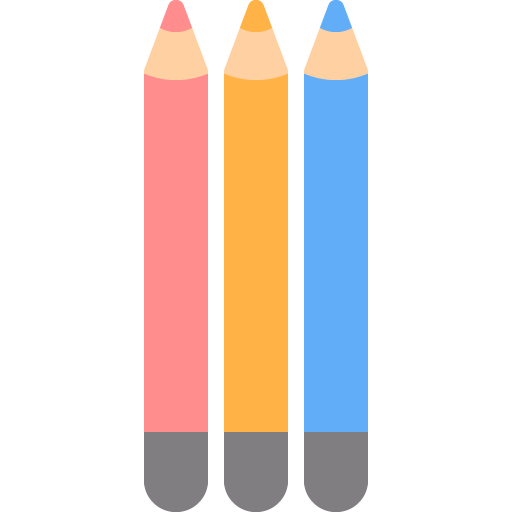In today’s fast-paced, digitally overloaded world, stress and distraction have become a part of daily life. Many people are constantly juggling multiple responsibilities, fighting to stay focused, or struggling to find mental calm. While there are countless methods to manage stress—from meditation to exercise—drawing stands out as a powerful, accessible tool that not only nurtures creativity but also supports mental well-being. Whether you’re an experienced artist or someone who hasn’t picked up a pencil in years, drawing can provide surprising psychological benefits.
Drawing as a Meditative Practice
At its core, drawing requires attention to detail. When you sit down to sketch, your mind begins to tune out external distractions and narrows its focus to the subject at hand. This natural state of concentration is similar to what many people experience during meditation. Your breathing slows, your thoughts become more present, and you enter a state of flow—an immersive experience where time seems to slip away.
Unlike passive forms of relaxation, drawing is an active process. It keeps your hands engaged, your eyes focused, and your brain gently challenged. These combined elements allow you to disconnect from stressors, calm anxious thinking, and feel a sense of groundedness.
Strengthening Attention and Concentration
Modern life is filled with constant interruptions: social media notifications, emails, background noise, and the pressure to multitask. Over time, this environment can erode your ability to focus deeply on one task. Drawing offers a simple and enjoyable way to retrain your brain to concentrate.
When you draw, your attention is directed toward form, shape, light, and space. To accurately capture even a simple object, you must observe carefully and make decisions about proportion, texture, and movement. These skills engage both hemispheres of the brain, enhancing visual memory, hand-eye coordination, and sustained attention. Practicing drawing regularly helps improve your ability to focus not only on art but also on other areas of life, from work to study.
Emotional Release and Self-Expression
Stress often stems from unexpressed feelings or mental tension that has no clear outlet. Drawing creates space for emotional release—without needing words. You don’t have to explain how you feel or analyze your mood. Instead, you can put it on paper through shapes, lines, and colors.
Many people find that drawing offers a safe, nonverbal way to express complex emotions. Even abstract sketches or repetitive doodles can carry emotional weight. The process of creating something personal can help relieve emotional pressure, foster clarity, and build a deeper connection with yourself.
Creating Control in a Chaotic World
One of the reasons drawing can reduce stress is that it gives you control. You decide what to draw, how to approach it, and when to stop. In contrast to the unpredictability of daily life, a blank sheet of paper offers calm, order, and potential. That sense of control—however small—can restore confidence and soothe anxiety.
This is especially true during times of uncertainty. Whether you’re coping with a demanding job, recovering from burnout, or managing a difficult situation, drawing can serve as a quiet, private ritual that brings stability and peace.
Boosting Mood and Self-Esteem
Finishing a drawing, even a simple one, creates a sense of accomplishment. You’ve taken an idea, an emotion, or an image and turned it into something real. That creative process activates reward pathways in the brain and releases dopamine, a neurotransmitter linked to pleasure and motivation.
Over time, as your skills grow and your confidence builds, drawing can become a source of pride and joy. It reinforces a positive self-image and reminds you that you’re capable of learning, growing, and creating beauty—even on difficult days.
No Talent Required
One of the most powerful aspects of drawing for focus and stress relief is that it doesn’t require talent. You don’t have to be an artist to benefit. In fact, some of the best results come from the freedom of not trying to make something perfect. When you stop focusing on outcomes and start enjoying the process, drawing becomes a form of play—and play is essential for mental health.
Simple activities like doodling, sketching patterns, or tracing shapes can all provide relief. What matters most is the act of drawing itself, not what the final image looks like.
Making Drawing Part of Your Wellness Routine
Incorporating drawing into your daily or weekly routine doesn’t have to be time-consuming. Even five to ten minutes a day can make a difference. Keep a sketchbook or drawing pad nearby. Try starting your day with a few quiet lines, or winding down in the evening with a relaxed sketch. You can draw from observation, from memory, or from imagination.
If you prefer structure, consider joining a drawing course or community. Learning alongside others can add motivation and keep you inspired while maintaining a healthy habit.
Drawing is more than a creative skill—it’s a mindful practice, a cognitive exercise, and an emotional outlet. In a world that constantly demands your attention and energy, it offers a quiet space to reconnect with yourself.
